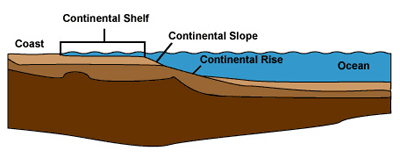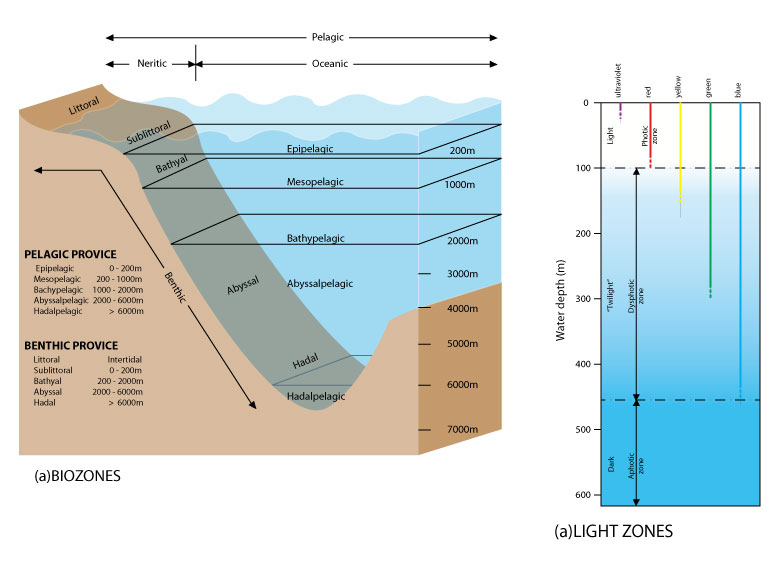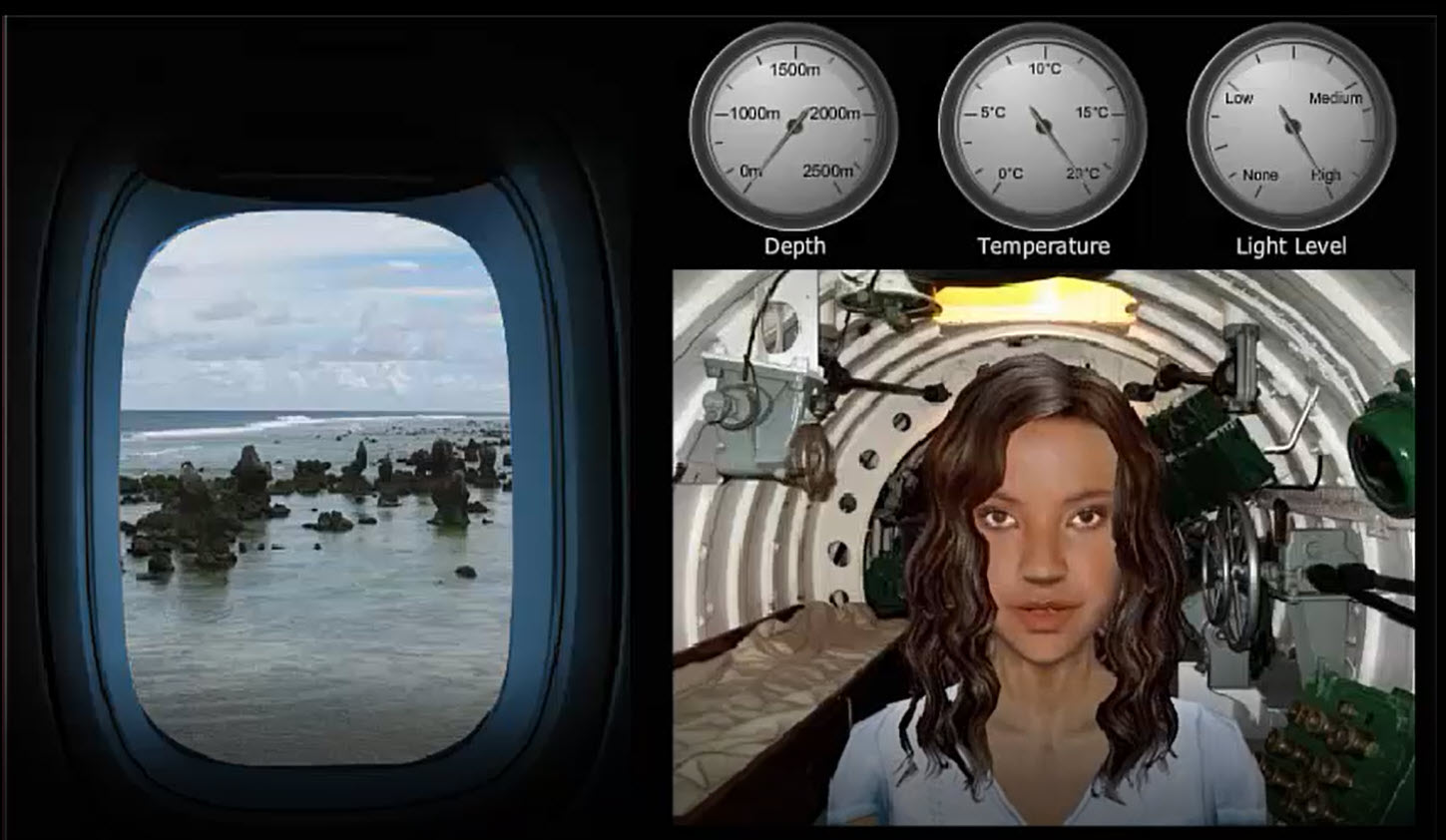Continental Margin Review
You've focused on the very small to learn about atoms and chemistry and then zoomed out to learn about large earth systems and their interactions. Now we're going to hone in on life in the middle.
The continental margin is the underwater plain that connects the continents and the ocean floor. It is divided into three parts: the continental shelf, the continental slope, and the continental rise.
The continental shelf is the gently sloping submerged edge of the continent. The continental slope begins where the slope of the shelf increases. The slope continues to an area where eroded sediments are deposited near the ocean floor. This area is called the continental rise.

- apes_bee_580x386
Organism: An individual living being.
- apes_colonyofbees_580x421
Population: A group of individuals of the same species that live in the same place at the same time.
- apes_beewithflowersaroundit_580x435
Community: All the populations of different species that live in a particular area.
- apes_alpinemeadow_580x387
Ecosystem: A community of different species interacting with one another and their nonliving environment of matter and energy.
- apes_mapoftheearth_580x290
Biosphere: All the parts of earth’s air, water, and soil where life is found.
Marine Life Zones
As Alvin travels along the continental margin into the deep, it may be helpful for you to know the names for each ocean layer so you can organize your notes. The diagram below will serve as a sort of map for your journey, just the way you’d plan a car trip using a road map. You will want to return to this map during your trip to get your bearings and confirm your location.
In the same way that the atmosphere or the solid portion of Earth can be broken down into layers,the ocean is also divided into zones. These zones are based on characteristics like depth, distance from the shore, and the amount of light received.
One of the simplest ways to divide the ocean into life zones is to separate the ocean floor, called the benthic zone, from the water that lies above it, called the pelagic zone. These two parts of the ocean are further divided into distinct zones that have different physical, chemical, and biological properties. You’ll start your journey on Alvin from the shore, traveling along the bottom through the benthic zones. When you reach the deepest part of the ocean floor, your journey back to the surface will take you through the pelagic zones.
Another way of classifying different parts of the ocean is to divide it into zones based on the amount of light received. This method results in the photic (or sunlight) zone, the dysphotic (or twilight) zone, and the aphotic (or midnight) zone.

Tutorial: Journey to the Sea Floor
Are you ready for your trip on Alvin through the benthic zones to the deep sea? All aboard! Click the image below.


